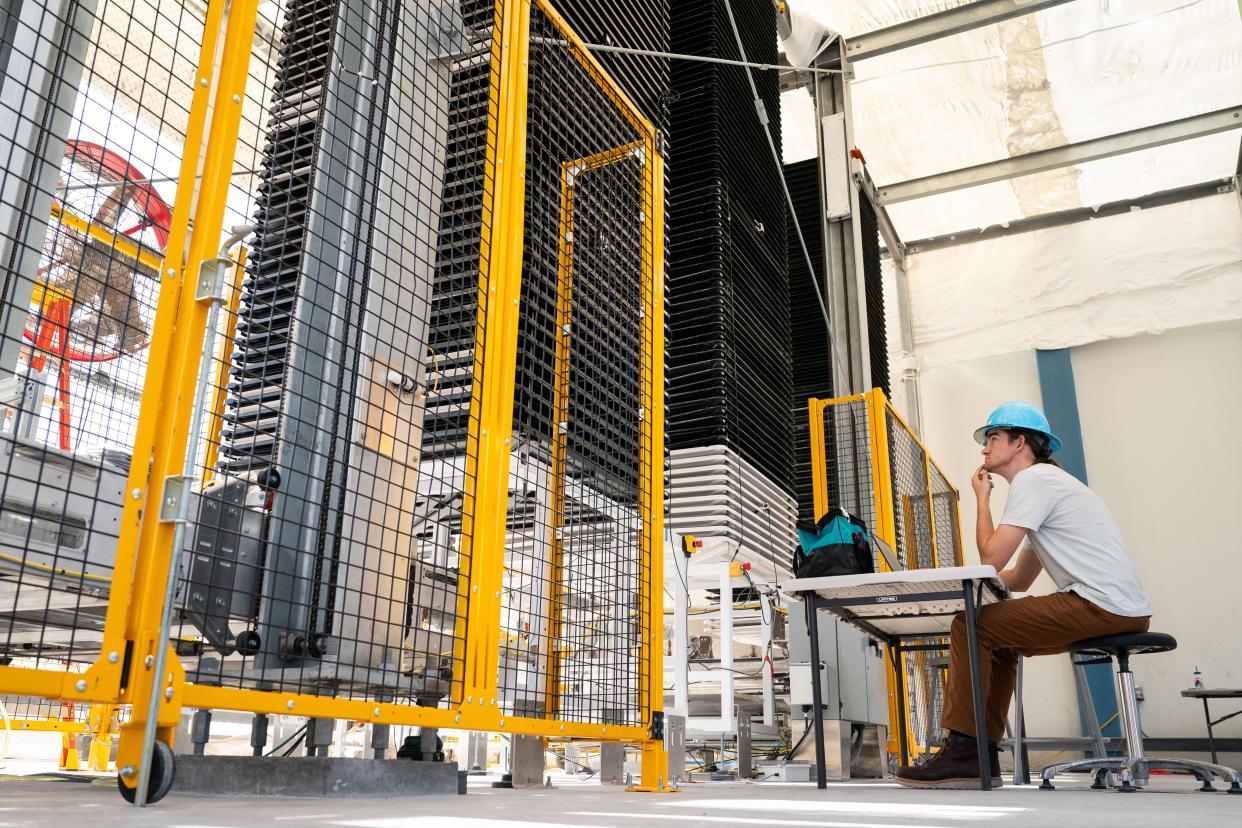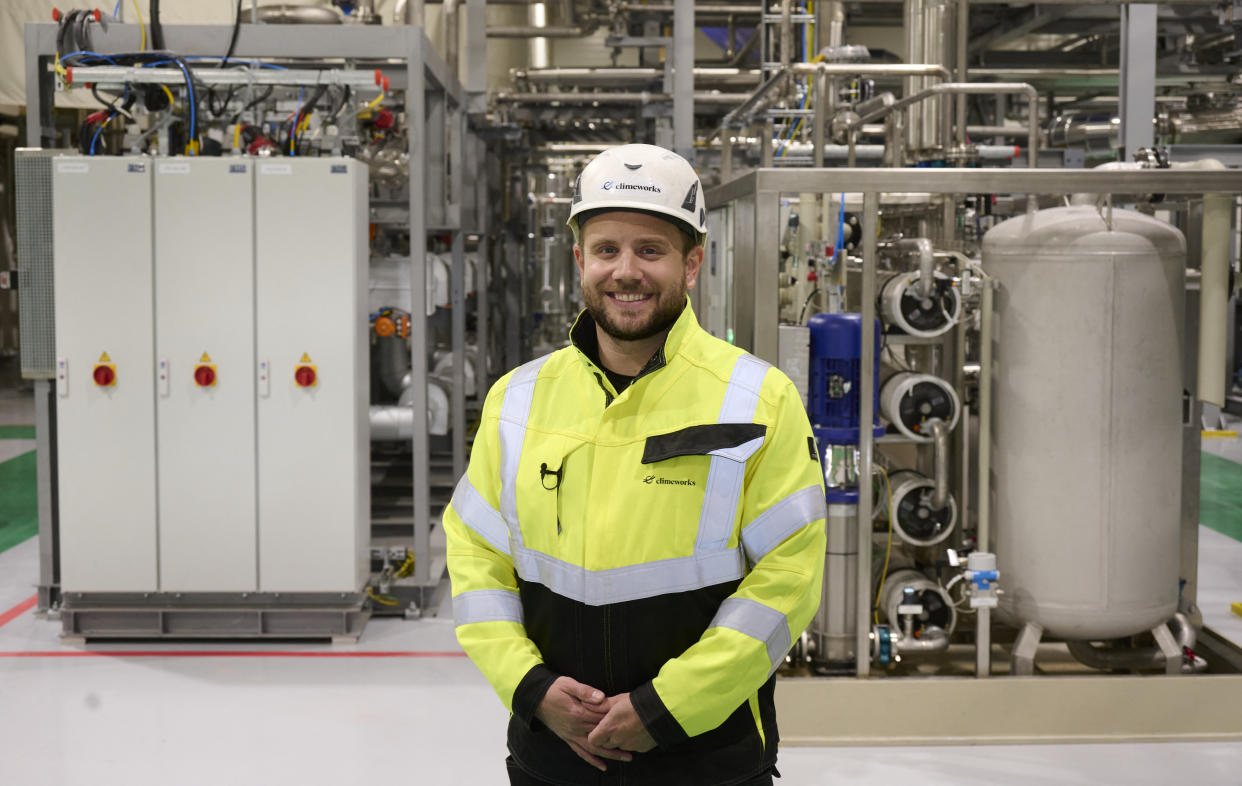Can we 'suck' CO2 out of the air to reverse climate change?
w

Could we ‘reverse’ climate change by simply ‘sucking’ CO2 out of the air around us? A new study this week suggested that removing CO2 from the air will be more expensive than previously believed.
The idea of removing carbon dioxide (the most common greenhouse gas) from the air isn’t far-fetched.There are more than 100 Direct Air Capture projects around the world, according to the International Energy Agency, with America’s Heirloom unveiling a facility which captures CO2 using limestone in November 2023 and similar projects in Switzerland and around the world.
In the UK, carbon removal is part of the plan laid out in 2021’s Net Zero Strategy, which sets out a plan to remove 20-30 million tonnes of CO2 every year - but the exact technology is yet to be decided, with the government currently funding a range of pilot projects.
Can a plan to suck CO2 out of the air really work?
Direct Air Capture (DAC) is a highly ambitious way to deal with climate change, using chemical reactions to pull CO2 out of the air.
There are already plants which capture CO2 directly from the air, but the process is still extremely expensive.

ETH spin-off Climeworks operates a plant in Iceland that currently captures 4,000 tonnes of CO2 a year, at a cost per tonne of between 1,000 and 1,300 dollars.
The Intergovernmental Panel on Climate Change (IPCC) estimates that up to 13 billion tonnes of CO2 will need to be removed from the atmosphere every year from 2050.
What did the new study find?
The new study found that previous estimates of how rapidly the cost of DAC might come down might make targets hard to achieve.
Rather than widely cited estimates which suggest that the technology could reach $100-$300 per tonne, the researchers say costs by 2050 will remain as high as $230-$540.
The researchers analysed three DAC technologies.
One is developed by Swiss company Climeworks, in which a solid filter with a large surface area traps CO2 particles.
Another uses an aqueous solution of potassium hydroxide, a process that has been commercialised,by Canadian company Carbon Engineering.
Finally, a method using calcium oxide derived from limestone offered by US company Heirloom Carbon.
Bjarne Steffen, ETH Professor of Climate Finance and Policy said, "Just because DAC technologies are available, it certainly doesn't mean we can relax our efforts to cut carbon emissions.
“That said, it's still important to press ahead with the expansion of DAC plants, because we will need these technologies for emissions that are difficult or impossible to avoid,".
Can other technology ‘reverse’ climate change?
The British Government is funding a range of projects including using biochar and removing CO2 from seawater.
Biochar is a charcoal-like substance which is produced by burning vegetable matter in a controlled process called ‘pyrolysis’ which releases little to no fumes.
Biochar ‘captures’ carbon into a stable form that can’t easily escape into the atmosphere.
Other ideas include ‘solar geoengineering’, spraying reflective substances into the atmosphere to reflect sunlight.
A White House report last year cautiously supported further research into the idea, saying that there is ‘a compelling case for research to better understand both the potential benefits and risks’.
Other ideas include ‘Marine Cloud Brightening’, where clouds are sprayed with droplets to make them more reflective, and enhanced rock weathering, which uses the natural carbon-absorbing abilities of rocks.


